
Glacier Think Tank Researcher | Ren Dagang
01
I don’t believe that “comrades are enemies”. It’s the same as peers and mutual sympathy. But several liberal arts doctors severely hacked their liberal arts counterparts, and I am a little dubious about this statement.
The thing is like this.
Recently, four liberal arts doctors jointly published a working paper on “Awareness of my country’s Population Transformation and Countermeasures”, and reached a consensus that has existed in the current review circle for many years: We should fully liberalize and encourage childbirth, and effectively solve women’s difficulties in pregnancy, childbirth, nursery school, and schooling.
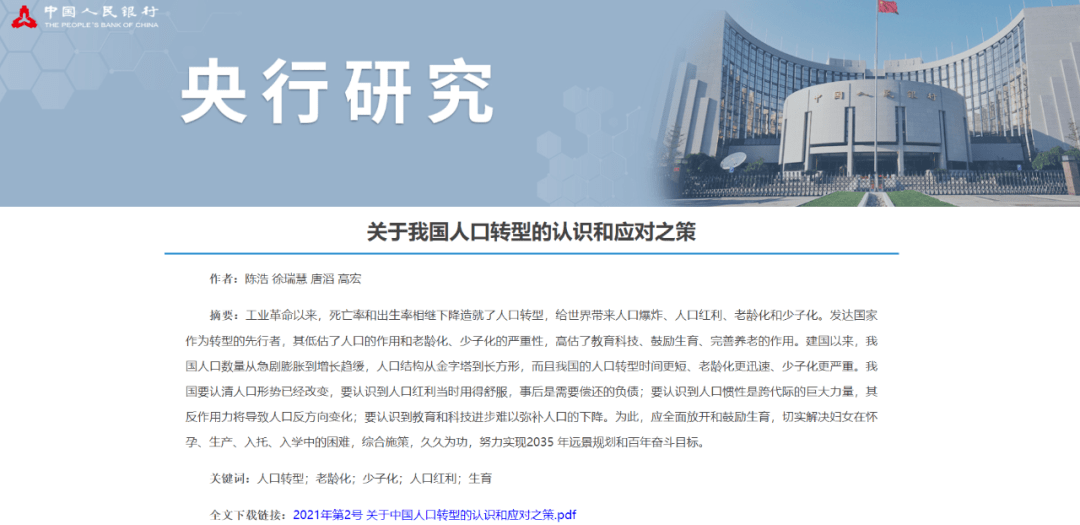
▲A working paper recently released by the central bank caused controversy (Photo/Internet)
This paper is of course more profound than that of current critics. It not only covers the period from the first century to the 21st century, but also from the population policies of the developed countries to the population policies of our country. There are data and examples, and I can’t help but feel convincing to read.
If such an excellent paper is published several years earlier, as a reference for decision-making, my country’s population aging will certainly reduce the loss, and as a forward-looking academic research, the four doctors of liberal arts will also win widespread public respect.
And only after the formation of a social consensus did you write such a paper. Some of the people are already hungry. You still wrote the taste of “On the importance of eating, and how many meals a day is better” there.
02
But something is better than nothing. Most of the opinions in this paper are not much controversial. The reason why this paper aroused crowds is only one conclusion: “(China should) attach importance to science and engineering education. One of the reasons why Southeast Asian countries fall into the middle-income trap is that there are too many liberal arts students.”
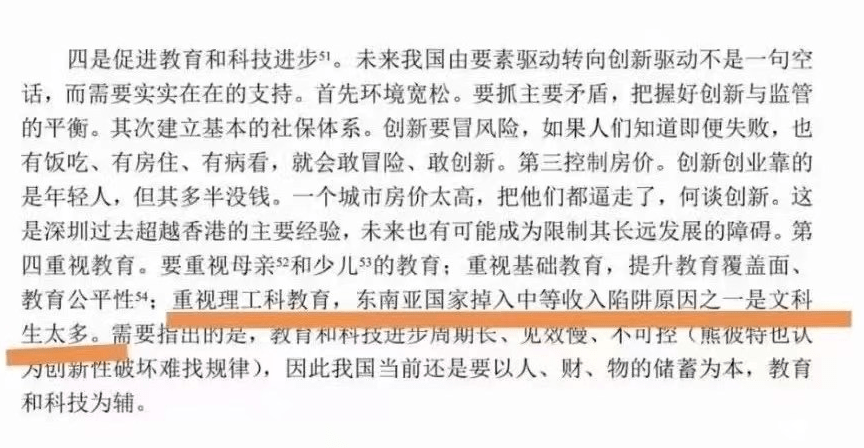
▲It is mentioned in the working paper that one of the reasons why Southeast Asian countries fall into the middle-income trap is that there are too many liberal arts students (photo/network)
To avoid taking it out of context, I read the context repeatedly. The background of this conclusion is that four doctors of liberal arts presented a plan to “promote education and technological progress” in the part of demonstrating the “countermeasures”. This plan is divided into four parts: a loose environment, the establishment of a basic social security system, the control of housing prices, Importance of education. The judgment that caused the onlookers is under the “emphasis on education”.
Analyze carefully, The statement “too many liberal arts students” has four meanings:
First, China does not attach importance to science and engineering education, or does not pay enough attention to it. Combined with the next sentence, the implicit meaning is that there are too many liberal arts students in China and occupy the posts of science and engineering students.
Second, one of the reasons why Southeast Asian countries fell into the middle-income trap is that there are too many liberal arts students.
Third, liberal arts students have low incomes and even can’t find a job, so the potential for future income growth is poor.
Fourth, China cannot follow the old path of Southeast Asian countries and train too many liberal arts students. Otherwise, too many people can find jobs with low incomes and may fall into the middle-income trap.
03
I once said publicly in a group: I unconditionally adore students who are good in science, and I have conditions to worship those who are good in liberal arts. Therefore, we must be very cautious about the judgments about the arts and sciences elucidated by the four liberal arts doctors.
The four liberal arts doctors probably don’t know, Today’s higher education in China was born out of the Soviet model.
An article from Netease’s “Inspur Studio” mentioned that at the first national higher education conference held on June 8, 1950, an expert from the Soviet Union Alsingev believed that the universities of the new China are education workers, The place for farmers and laborers should train engineers, physicians, and agricultural experts for the country, not large and useless people like liberal arts students.
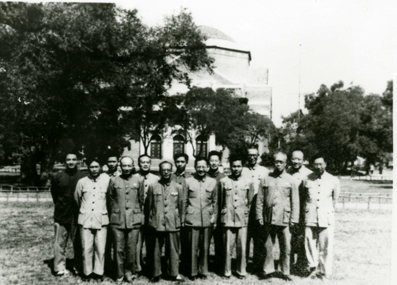
▲A group photo of the Preparatory Committee of Tsinghua University for the adjustment of the departments of Beijing-Tianjin Colleges and Universities in June 1952 (photo/network)
Since then, sociology and political science have been cut off, and only two universities in psychology have been opened. The only anthropology in China is Fudan University and it is kept under biology.
In the 1950s, China became the country with the smallest number of liberal arts students and the smallest proportion of liberal arts education in the world. The proportion of students in the three disciplines of liberal arts, finance and economics, and politics and law combined was 33.1% in 1949, 14.9% in 1953, and only 8% in 1957.
On July 21, 1968, Mao Zedong commented on the survey report on “The Way to Train Engineers and Technicians from the Shanghai Machine Tool Works”: “Universities are still to be established. I am mainly talking about universities of science and engineering.”
Therefore, the four liberal arts doctors cannot say that China does not attach importance to science and engineering education. For a long period of time, China has almost been the most important country in the world for science and engineering education.
04
Whether there are too many liberal arts students in Southeast Asian countries is actually quite difficult to judge.
First, the situation in Southeast Asian countries is very complicated. From the perspective of culture/civilization alone, Singapore belongs to the Chinese society, Indonesia is dominated by Islam, Thailand is a Buddhist country, the Philippines is a Catholic country, Vietnam is a socialist country, and a country’s culture. /Civilization has a huge impact on the economic and social situation, and it has an impact on what major students choose to study.
Of the two, among Southeast Asian countries, Singapore has already entered the ranks of high-income countries. Does this country, like China in the past, cut down on liberal arts majors to reduce liberal arts students and make great contributions to leapfrog development?
The three, from the perspective of employment alone, the development stage of the country and society also has a great influence on students’ professional choices.
In addition, a country’s resource endowment affects the country’s industrial conditions and will also have an important impact on the employment ecology.
In fact, people who are familiar with geography know that Southeast Asian countries are located in the tropics and have a hot and humid climate. For a long time, even if they work less, dress and eat and live more easily than those in the temperate and frigid regions, this has also led to other problems after industrialization There will not be a high degree of development in the issue of food, clothing and shelter.
All over the world, tropical areas are basically not industrially developed areas. Tropical areas should develop tourism and vacations and other tertiary industries that are compatible with the local climate and culture, that is, more liberal arts students are needed, not more science and engineering students.
05
From the perspective of employment, does science and engineering just sit back and relax, and there must be a higher income?
China is a large country with basically complete types of jobs, and probably only the United States is close to the types of jobs in China. The well-known American professional media Zippia calculated the unemployment rate of graduates of various majors in American universities in 2020, and listed the final ranking:
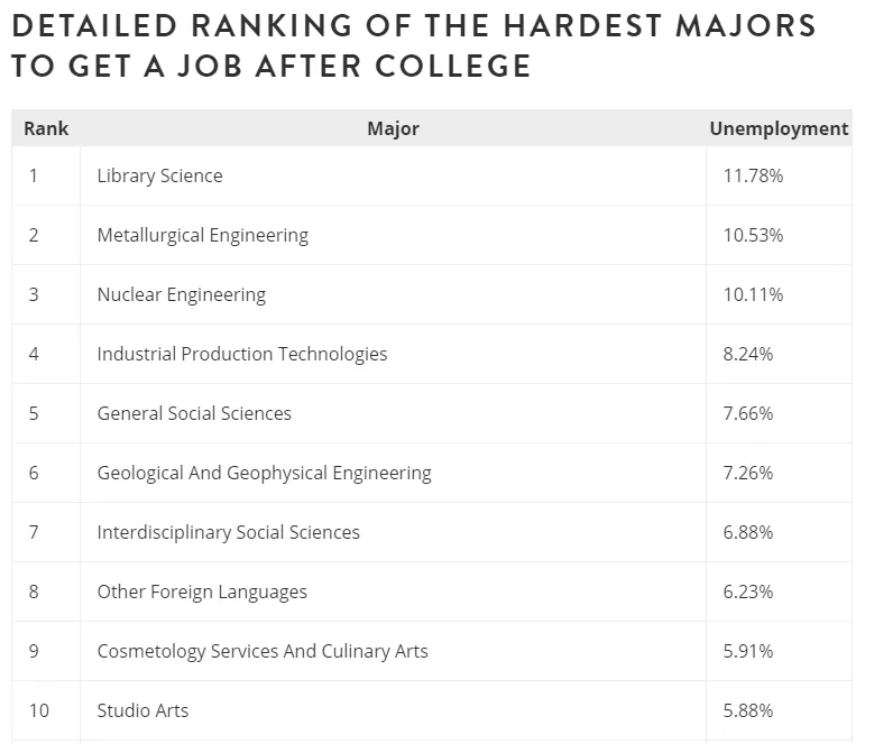
▲Zippia lists the top ten unemployment rates among graduates of various majors in American universities in 2020 (photo/network)
First place: Library Science, with an unemployment rate of 11.77%;
Second place: metallurgical engineering, unemployment rate 10.53%;
Third place: nuclear engineering, unemployment rate 10.11%;
Fourth place: Industrial production technology, unemployment rate 8.24%;
Fifth place: general social sciences, unemployment rate is 7.65%;
The sixth place is geological and geophysical engineering, with an unemployment rate of 7.26%;
Seventh place: Interdisciplinary major in social sciences, with an unemployment rate of 6.88%;
Eighth place: foreign language, unemployment rate 6.22%;
Ninth place: beauty services and cooking technology, unemployment rate 5.91%;
Tenth: Interior Art 5.88%.
In this form, the proportions of liberal arts and science and engineering are basically half and half. No one goes to college to be unemployed in the future. It is a good major when you graduate, but no one can guarantee that it will always be a good major. The adjustment of the industry is intensifying, and no one can guarantee that its professionalism will always be prosperous.

▲The former hot steel industry now has serious overcapacity (Photo/Creative)
The four doctors of liberal arts who study economics probably forgot that under the circumstances that employment does not include distribution and is already highly market-oriented, students and their parents have their own trade-offs on which major they choose to study. The first thing most people think about is their future employment. The higher the income of the profession, the more people they can choose; they will also consider their interests and their financial ability to study the profession.
Is it difficult to get a job after graduating from university? How much money can you earn? Is this planned? Whether students study science and engineering or liberal arts, it doesn’t take the four liberal arts doctors to worry about them. They should cut off the tail of the planned economy thinking. If China unfortunately falls into the middle-income trap, one of the culprits is that similar planned economy thinking becomes popular.

























































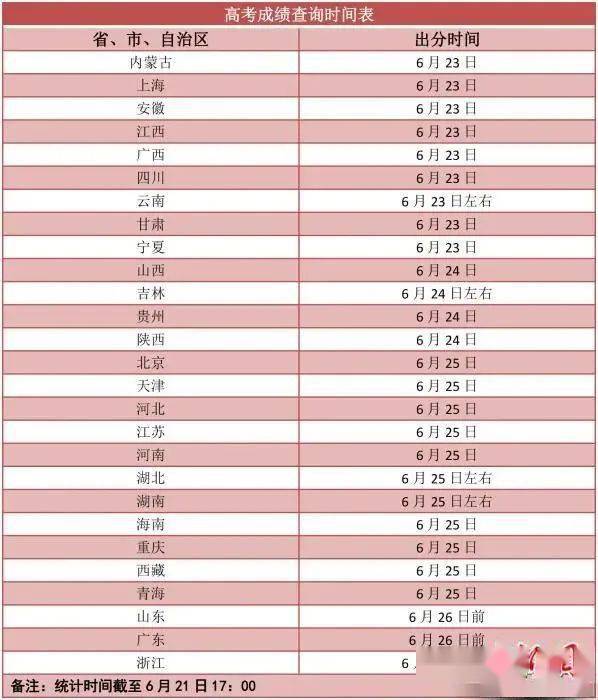



You must log in to post a comment.